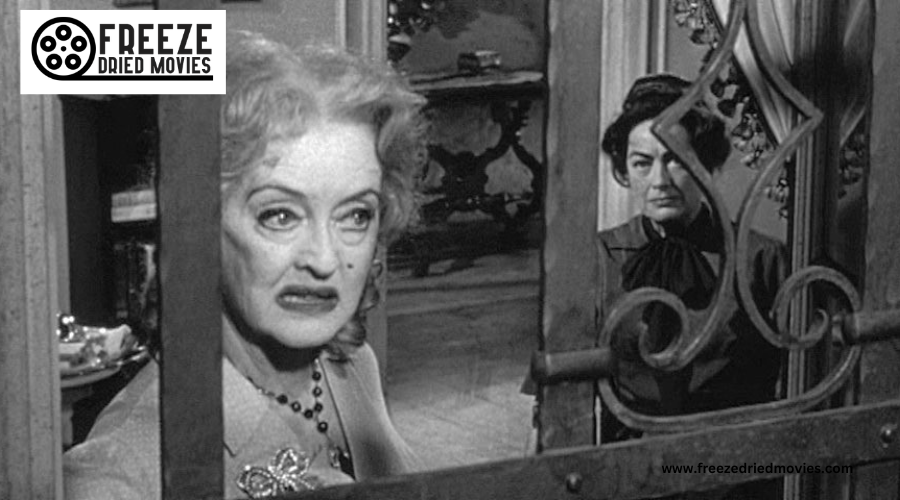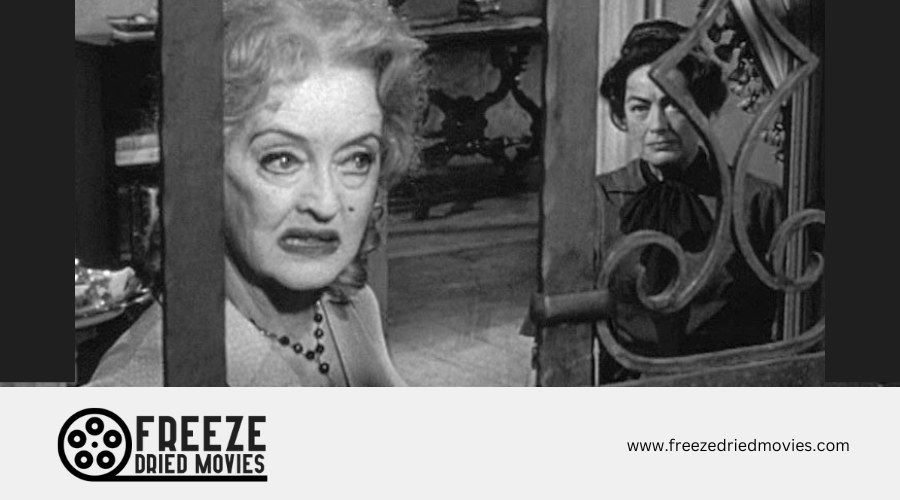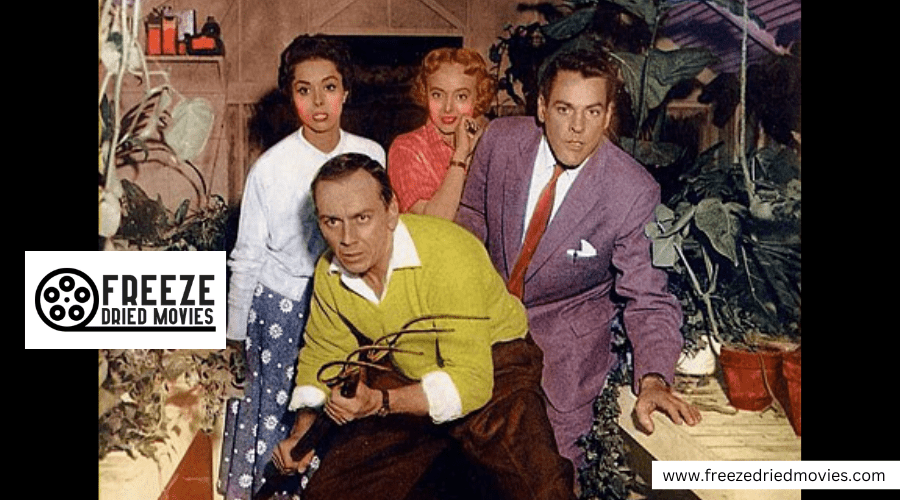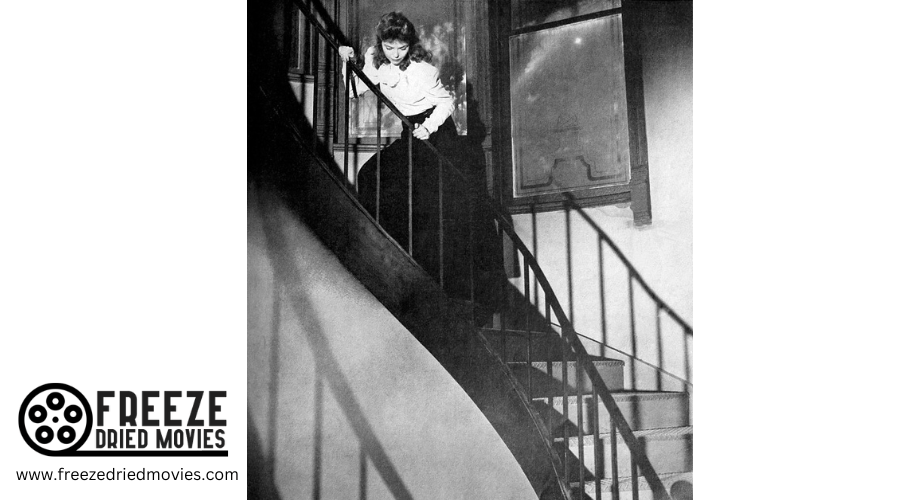The Influence of 1960s Horror on Today’s Scariest Films
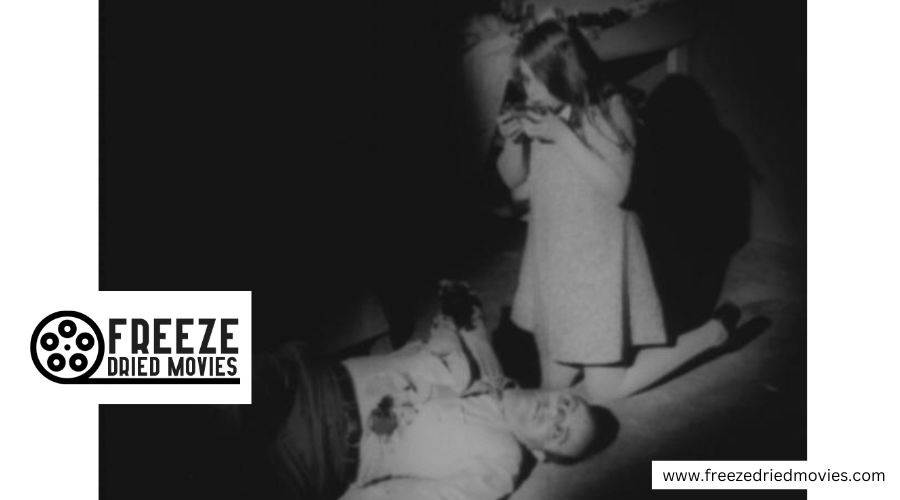
The horror films of the 1960s revolutionized cinema by replacing supernatural monsters with psychological terror, forever changing how you experience fear in modern horror movies. Films like "Psycho" and "Rosemary's Baby" introduced complex character studies and subjective storytelling that you'll recognize in today's scariest releases. From innovative cinematography to graphic violence, these pioneering works established techniques that still haunt viewers.
The deeper you investigate this crucial decade, the more its shadows emerge in contemporary horror.
The Birth of Psychological Horror: From Hitchcock to Modern Thrillers
While horror films had existed for decades before the 1960s, this critical decade revolutionized the genre by introducing psychological complexity that still influences today's filmmakers. You'll see this change begin with Alfred Hitchcock's Psycho, which broke new ground by presenting a layered serial killer who'd become the prototype for countless antagonists. Norman's portrayal of Dissociative Identity Disorder would establish new standards for exploring mental illness in cinema.
Films like Roman Polanski's Rosemary's Baby and The Innocents followed suit, trading explicit scares for psychological tension and unreliable viewpoints. Even the low-budget Carnival of Souls contributed to this evolution by emphasizing atmosphere and emotional isolation over traditional horror elements. When you watch modern psychological thrillers, you're experiencing the direct legacy of these 1960s innovators who dared to blur genre lines and explore deeper into the human psyche.

Breaking Genre Boundaries: How 60s Films Merged Horror and Drama
A bold revolution swept through horror cinema in the 1960s as filmmakers dismantled the barriers between traditional genre categories. You'll notice how films like Psycho and The Innocents traded gothic castles for familiar settings, using psychological suspense to heighten terror in everyday locations.
Directors like Michael Powell pushed boundaries further with Peeping Tom, crafting a disturbing portrait of a serial killer that merged horror with dramatic character study. This approach influenced future psychological horror, while films like Rosemary's Baby kept you guessing by gradually introducing supernatural elements into seemingly normal situations.
Even George Romero's Night of the Living Dead challenged conventions by focusing on human evil rather than traditional monsters. These groundbreaking, pioneering works forever changed how you experience horror, proving that the scariest threats often lurk in familiar places. The decade's innovative spirit extended to productions like Carnival of Souls, whose surreal, eerie atmosphere would go on to influence countless horror masterpieces.
The Rise of Realistic Terror: Serial Killers Replace Supernatural Monsters
During the turbulent 1960s, horror cinema underwent a seismic shift as filmmakers traded supernatural creatures for a more terrifying monster: the human psyche.
These horror movies tapped into the era's social upheaval by suggesting anyone could be a threat, reflecting the uncertainty of the times. Rosemary's Baby further blurred the line between reality and paranoia, making viewers question whether the terror was imagined or real.
You'll find this transformation clearly visible in pioneering films like Psycho and Night of the Living Dead, which showed that evil could lurk in your next-door neighbor rather than a distant castle. This new approach to horror proved so influential that by 1978, Halloween solidified these conventions into the slasher genre, forever altering how you experience fear on screen.
This marked a dramatic departure from the 1930s, when Universal Monster films dominated horror with their gothic monsters and supernatural themes.
Visual Innovation: Cinematography Techniques That Changed Horror Forever
Through innovative cinematography techniques, 1960s horror films redefined how terror manifests on screen. You'll see Psycho's revolutionary shower scene, where rapid editing and jarring music created a template for intense horror sequences that filmmakers still follow today.
The decade's visual innovation altered how we experience fear in cinema. Black Sunday's unsettling angles and stark shadows set new standards for Gothic atmosphere, while Carnival of Souls' dreamlike distortions pulled you into its protagonist's psychological torment.
Night of the Living Dead's documentary-style approach brought novel realism to horror, making zombies feel frighteningly possible. Meanwhile, Rosemary's Baby's subjective camera work trapped you in its main character's paranoid viewpoint. These cinematography techniques didn't just frighten audiences - they created a visual language that continues to influence horror filmmaking today.
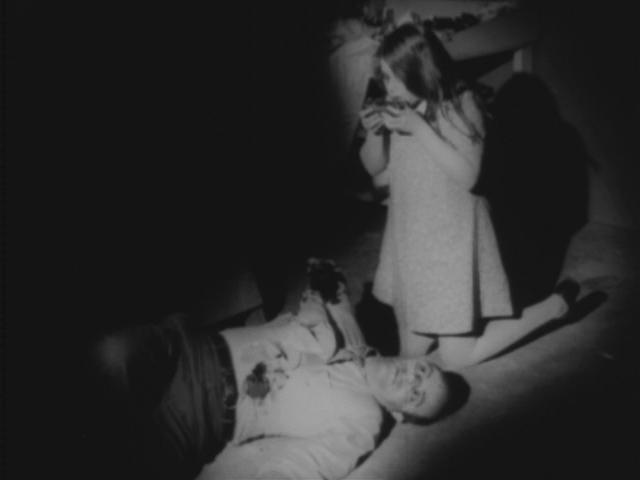
The Legacy of Gore: Night of the Living Dead's Impact on Modern Horror
Within horror's evolution, Night of the Living Dead's pioneering gore stands as a defining moment that forever changed the genre's visual intensity. George Romero's trailblazing film shattered the conventions of white horror films, introducing unprecedented levels of graphic violence that would influence generations of filmmakers.
The classic Night of the Living Dead's visceral flesh-eating scenes redefined audience expectations. Romero's independent approach proved that low-budget films could create lasting impact through shocking imagery.
The film's raw portrayal of violence inspired the rise of slasher films and extreme horror subgenres. Its influence extends to modern franchises and international horror movements.
You'll find traces of Romero's revolutionary approach in today's horror genre, from torture-focused series like Saw to boundary-pushing international films. The film's legacy continues to shape how modern directors approach on-screen brutality and practical effects.
Shifting Perspectives: Rosemary's Baby and Subjective Storytelling
A single film revolutionized horror's storytelling approach in 1968: Roman Polanski's Rosemary's Baby.
You'll notice how it expertly shifts away from traditional horror elements, introducing a psychological approach that keeps you questioning reality alongside the protagonist.
What makes Rosemary's Baby pioneering is its commitment to the subjective point of view, where you're never quite sure if the supernatural events are real or imagined. By grounding the story in everyday life before introducing sinister elements, the film creates a new kind of suspense that feels unnervingly personal.
This character-driven approach influenced countless horror films that followed, establishing a template for psychological horror that continues to shape the genre today. You can see its DNA in modern films that prioritize psychological tension over explicit scares.
Cultural Anxieties: From Cold War Fears to Contemporary Paranoia
Just as Rosemary's Baby captured personal fears, the broader horror domain of the 1960s mirrored society's collective anxieties. From films directed by Roger Corman to Invasion of the Body Snatchers, you'll see how filmmakers channeled Cold War paranoia into terrifying narratives about invasion and conformity.
Night of the Living Dead brought these fears to their ultimate decision, showing a society literally consuming itself.
The Exorcist reflected religious anxiety and generational conflict. The Texas Chainsaw Massacre embodied fears of rural violence and social breakdown. Invasion of the Body Snatchers warned of conformity and loss of individuality. Rosemary's Baby tapped into women's growing distrust of patriarchal institutions.
You'll find these same techniques in today's horror films, as directors continue transforming contemporary anxieties - from pandemic isolation to racial tensions - into compelling cinematic nightmares.

